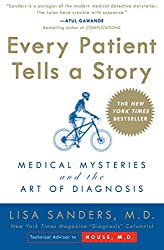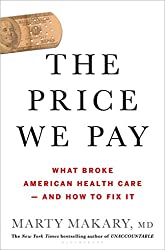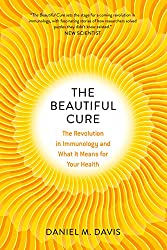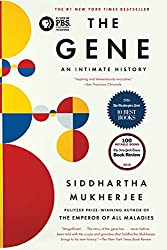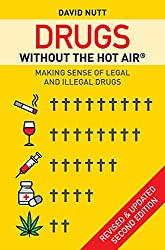
Rating: 8.0/10.
Book about recreational drugs, by a scientist from the UK. He was controversial and got fired from his position for claiming that alcohol is more harmful than heroin and crack cocaine. In this book, he describes various topics on different drugs, addiction, legalization, public health policy, etc.
To a society, alcohol is by far the most harmful drug; for individuals, the worst are heroin, crack cocaine, tobacco, and alcohol. However, public policy usually has little relation with how harmful a drug is — alcohol is widely accepted, while less harmful drugs like cannabis, ecstasy, and LSD are illegal. We need to be serious about reducing alcohol consumption, by increasing the price, educating the public, and discouraging binge drinking.
The media often makes an arbitrary distinction between normal substances (caffeine, alcohol, tobacco) and illegal “bad” drugs, and often lumps all illegal drugs together, even though they’re very different. An example is mephedrone, which was quickly made illegal without any evidence that it was being abused or being harmful.
Another harmful attitude is treating drug addiction as a moral problem, to fight a “war on drugs” where users and suppliers are sent to prison for punishment. However, decades of effort have not been effective: the illegal drug trade is too big for law enforcement to shut it down; arrests are usually people on the lowest rungs of the drug ladder, and putting them in prison causes damage to society. As long as there is a demand, the the illegal drug trade will exist. The solution is to instead treat it as a medical problem and give treatment to addicts to reduce demand.
Quite an insightful book about drugs that talks about specific drugs as well as our position as a society on drugs in general; it encourages you to think critically about a topic that’s heavily politicized. The writing is quite dense though, and it took me a few weeks to get through it. There’s also a lot of sloppy formatting errors that somehow made it through.
